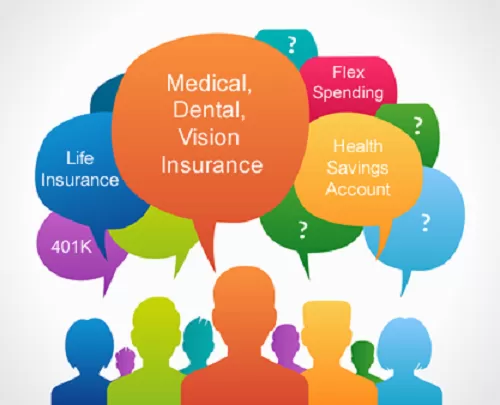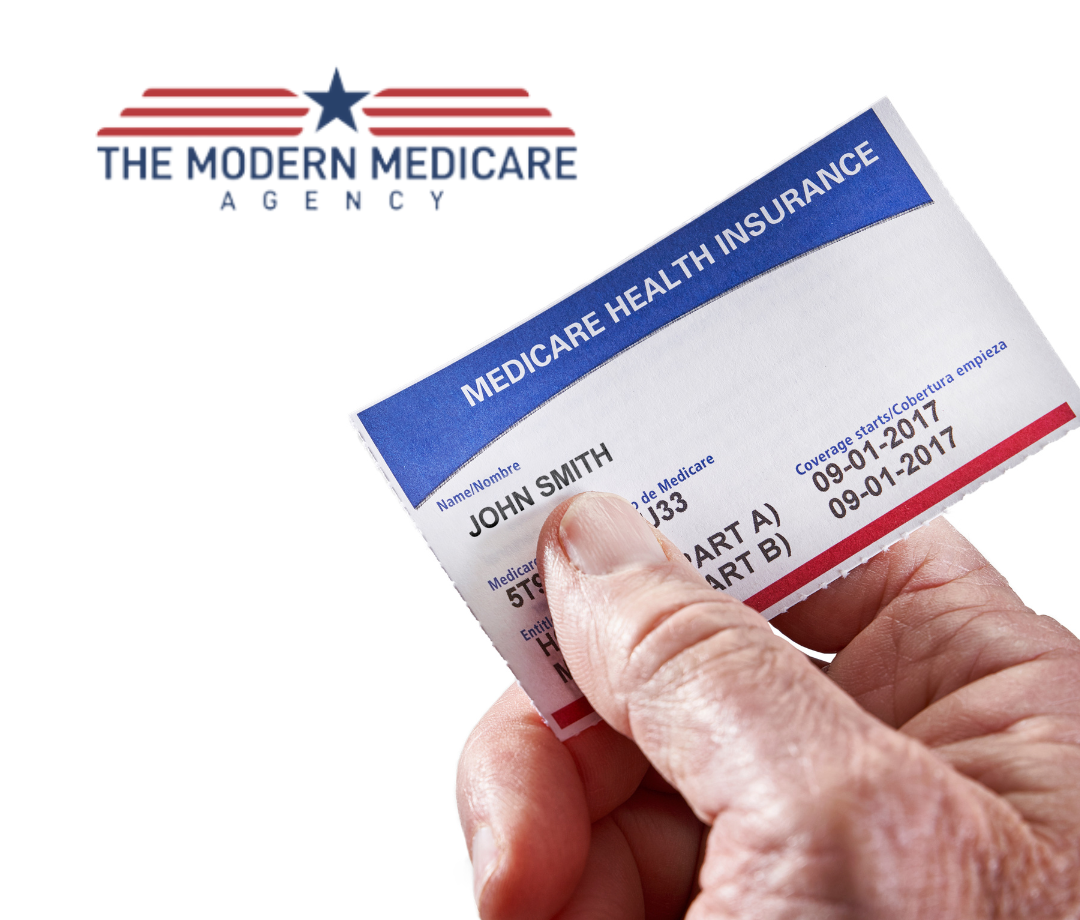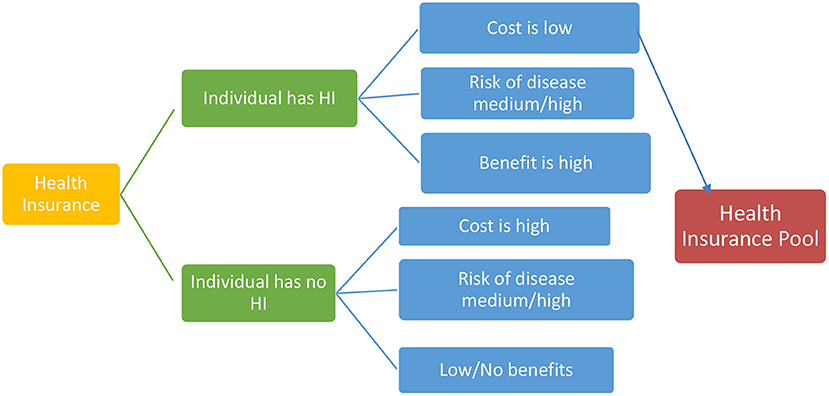Medicare Advantage Agent for Dummies
Table of ContentsAll about Medicare Advantage AgentGetting The Medicare Advantage Agent To WorkOur Medicare Advantage Agent Statements


follows from complies with the puzzling young fairly profile of account uninsured with the better health, on average, of younger persons. For those without access to workplace health and wellness insurance policy, bad health and wellness is a possible obstacle to acquiring nongroup insurance coverage since such insurance coverage may be extremely valued, exclude preexisting problems, or be simply not available. Unless otherwise noted, national estimates of individuals without wellness insurance coverage and percentages of the population with different kinds of insurance coverage are based on the CPS, the most extensively made use of source of quotes of insurance protection and uninsurance prices.

Medicare Advantage Agent Can Be Fun For Anyone
Over a three-year period beginning early in 1993, 72 million individuals, 29 percent of the united state populace, lacked protection for a minimum of one month. Within a solitary year(1994), 53 million people experienced a minimum of a month without protection(Bennefield, 1998a). Six out of every 10 uninsured grownups are themselves utilized. Although functioning does enhance the likelihood that a person and one's relative will certainly have insurance, it is not a guarantee. Even members of families with 2 permanent wage income earners have nearly a one-in-ten possibility of being uninsured (9.1 percent without insurance price)(Hoffman and Pohl, 2000 ). The connection between wellness insurance coverage and accessibility to care is well established, as recorded later in this chapter. Although the partnership between wellness insurance and health end results is neither straight nor simple, a considerable scientific and wellness solutions research study literature links medical insurance coverage
to enhanced accessibility to care, far better quality, and enhanced personal and populace health status. For example, the 2nd report, on personal health and wellness end results for uninsured adults, is stood for by the innermost circle of the figure, while the 3rd record, on family well-being, encompasses the subjects of the 2nd record however highlights a different system of analysis, particularly, the family members. The 6th report in the series will certainly provide details regarding approaches and efforts taken on locally, statewide, or nationally to resolve the absence of insurance coverage and its negative effects. Levels of analysis for examining the effects of uninsurance. This discussion of health and wellness insurance policy coverage concentrates mainly on the U.S. populace under age 65 since basically all Americans 65 and older have Medicare or various other public protection.
It concentrates particularly on those without any kind of health and wellness insurance for any length of time. The issues dealt with by the underinsured remain in some respects comparable to those encountered by the without insurance, although they are generally less severe. Uninsurance and underinsurance, however, involve definitely different plan concerns, and the strategies for addressing them may differ. Throughout this study and the five records to adhere to, the major emphasis is on individuals without any health and wellness insurance coverage and thus no support in spending for wellness care beyond what is available with charity from this source and safeguard establishments. Health insurance is a powerful aspect influencing invoice of treatment due to the fact that both patients and medical professionals react to the out-of-pocket rate of services. Medical insurance, however, is neither essential neither enough to access to medical solutions. Nevertheless, the independent and direct effect of wellness
insurance policy coverage on accessibility to health solutions is well established. Others will get the healthcare they require even without medical insurance, by spending for it expense or seeking it from carriers who use care free or at extremely subsidized rates. For still others, wellness insurance coverage alone does not ensure invoice of care as a result of other nonfinancial barriers, such as an absence of healthcare providers in their area, restricted accessibility to transport, illiteracy, or linguistic and cultural differences. Official research study about uninsured populaces in the USA dates to the late 1920s and early 1930s when the Board on the Cost of Medical Treatment created a series of reports regarding funding doctor workplace visits and hospital stays. This concern ended up being salient as the numbers of medically indigent climbed up during the Great Depression. Empirical studies constantly sustain the web link between access to care and improved health results(Bindman et al., 1995; Starfield, 1995 ). Having a normal resource of treatment can be thought about a forecaster of accessibility, as opposed to a direct procedure of it, when health and wellness outcomes are themselves used as accessibility indications. This expansion of the notion of gain access to measurement was made by the IOM Board on Keeping An Eye On Accessibility to Personal Health Treatment Provider(Millman, 1993, p. Whether moms and dads are insured appears to impact whether their kids get care as well as exactly how much careeven if the kids themselves have insurance coverage(Hanson, 1998). The wellness of parents can impact their capability to take care of their kids and the degree of household anxiety. Bothering with their kids's access to care is itself a resource of anxiety for parents. Three phases comply with in this record. Phase 2 offers a summary of how employment-based health insurance, public programs and private insurance coverage policies run and engage to supply substantial however incomplete coverage of the U.S. populace. This consists of a testimonial of historical trends and public plans impacting both public and private insurance, a conversation of the interactions amongst the different kinds of insurance coverage, and an assessment of why people relocate from one program to one more or wind up
